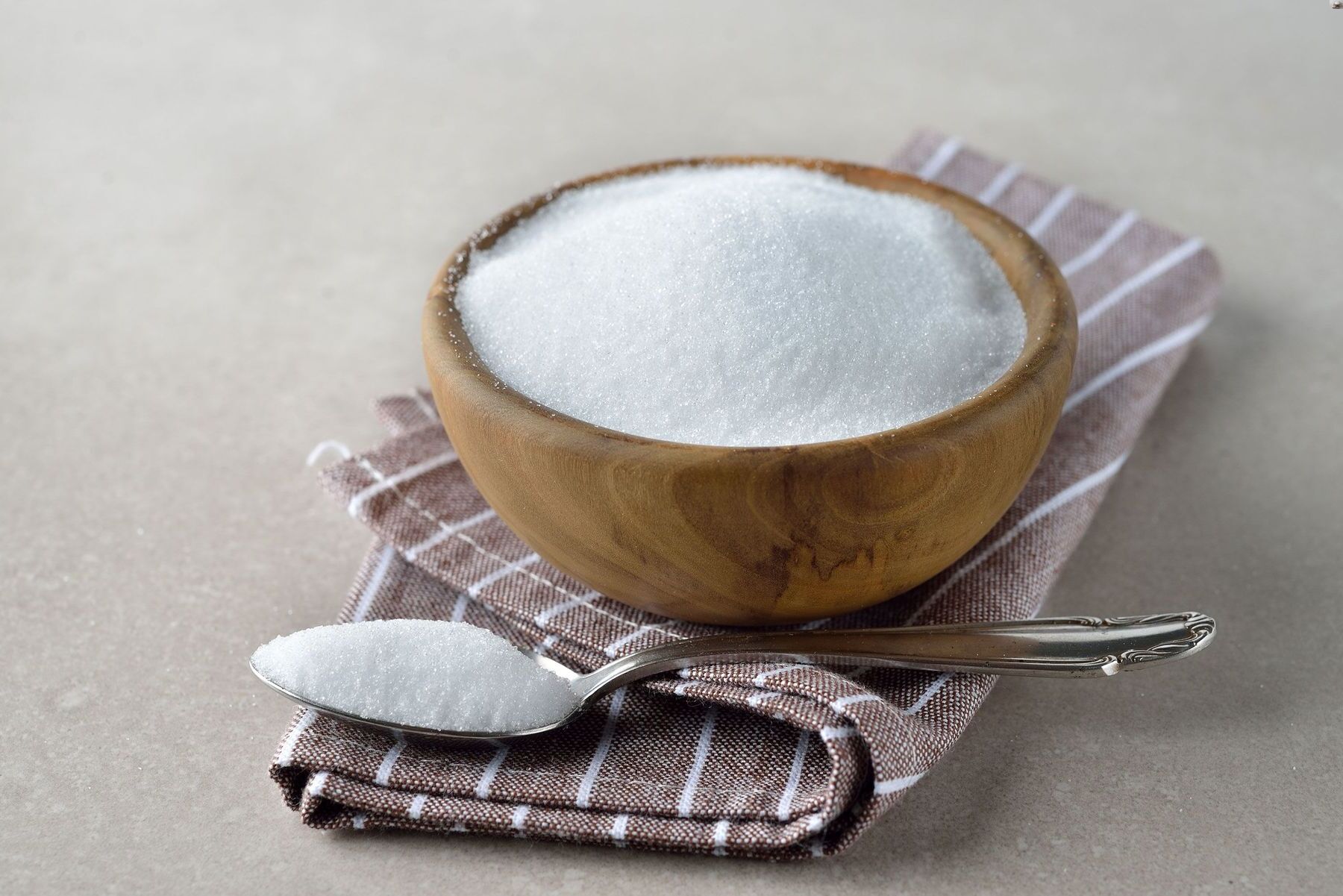
Copper–tungsten is a fascinating material that combines the best properties of both metals. What makes copper–tungsten unique? This alloy boasts high thermal and electrical conductivity from copper, while tungsten contributes exceptional hardness and resistance to wear. This blend results in a material perfect for applications demanding durability and efficiency. From electrical contacts to heat sinks, copper–tungsten plays a crucial role in various industries. Its ability to withstand extreme temperatures and corrosive environments makes it indispensable in aerospace, electronics, and even medical fields. Ready to learn more? Let's dive into 30 intriguing facts about this remarkable alloy!
Key Takeaways:
- Copper–Tungsten, a blend of copper and tungsten, has high thermal and electrical conductivity, making it perfect for electronics and aerospace applications. Its future looks bright with potential advancements in nanotechnology and new applications.
- Despite its advantages, Copper–Tungsten has challenges like brittleness and machining difficulty. However, ongoing research aims to enhance its properties and make it more sustainable, promising a bright future in various industries.
What is Copper–Tungsten?
Copper–Tungsten, also known as WCu, is a composite material combining copper and tungsten. This unique blend offers a mix of properties from both metals, making it valuable in various industries. Here are some fascinating facts about this intriguing material.
-
High Thermal Conductivity: Copper–Tungsten composites have excellent thermal conductivity, making them ideal for heat sinks in electronic devices.
-
High Melting Point: Tungsten has one of the highest melting points of all metals, at 3,422°C (6,192°F). This property is retained in the composite, allowing it to withstand extreme temperatures.
-
Electrical Conductivity: Copper–Tungsten maintains good electrical conductivity, which is crucial for applications in electrical contacts and electrodes.
-
Density: The density of Copper–Tungsten composites is higher than that of pure copper, providing added strength and durability.
-
Corrosion Resistance: This composite material is highly resistant to corrosion, making it suitable for harsh environments.
Applications of Copper–Tungsten
Copper–Tungsten's unique properties make it suitable for a wide range of applications. Let's explore some of the key uses.
-
Electrical Contacts: Used in circuit breakers and relays due to its excellent conductivity and arc resistance.
-
Heat Sinks: Essential in electronics to dissipate heat efficiently, preventing overheating of components.
-
Aerospace: Utilized in aerospace applications for its high strength and ability to withstand extreme temperatures.
-
Medical Devices: Employed in medical equipment where precision and reliability are paramount.
-
Welding Electrodes: Preferred for welding applications due to its durability and resistance to wear.
Manufacturing Process
Creating Copper–Tungsten composites involves several steps to ensure the right balance of properties. Here are some insights into the manufacturing process.
-
Powder Metallurgy: The primary method involves mixing copper and tungsten powders, then pressing and sintering them to form a solid material.
-
Infiltration: Another technique where a porous tungsten skeleton is infiltrated with molten copper, resulting in a composite with uniform properties.
-
Hot Pressing: This method combines high pressure and temperature to bond the powders, enhancing the material's density and strength.
-
Machining: Copper–Tungsten can be machined using conventional methods, although it requires specialized tools due to its hardness.
-
Surface Treatment: Various surface treatments can be applied to improve the composite's performance in specific applications.
Advantages of Copper–Tungsten
The combination of copper and tungsten offers several advantages over using each metal individually. Let's delve into these benefits.
-
Thermal Stability: The composite remains stable under high temperatures, making it ideal for high-heat applications.
-
Wear Resistance: Tungsten's hardness provides excellent wear resistance, extending the lifespan of components.
-
Customizability: The properties of Copper–Tungsten can be tailored by adjusting the ratio of copper to tungsten, allowing for customized solutions.
-
Cost-Effective: While pure tungsten is expensive, combining it with copper reduces costs without compromising performance.
-
Environmental Resistance: The composite's resistance to oxidation and corrosion makes it suitable for use in challenging environments.
Challenges and Limitations
Despite its many advantages, Copper–Tungsten also has some challenges and limitations. Here are a few to consider.
-
Brittleness: The composite can be brittle, especially at higher tungsten content, which may limit its use in certain applications.
-
Machining Difficulty: Due to its hardness, machining Copper–Tungsten requires specialized equipment and techniques.
-
Cost: Although more cost-effective than pure tungsten, Copper–Tungsten composites can still be expensive compared to other materials.
-
Density: The high density of the composite can be a drawback in applications where weight is a critical factor.
-
Thermal Expansion: The difference in thermal expansion rates between copper and tungsten can lead to internal stresses, affecting the material's performance.
Future of Copper–Tungsten
The future of Copper–Tungsten looks promising, with ongoing research and development aimed at enhancing its properties and expanding its applications.
-
Nanotechnology: Advances in nanotechnology could lead to the development of Copper–Tungsten composites with even better performance characteristics.
-
New Applications: Emerging technologies, such as electric vehicles and renewable energy, may drive demand for Copper–Tungsten components.
-
Improved Manufacturing: Innovations in manufacturing techniques could reduce costs and improve the quality of Copper–Tungsten composites.
-
Sustainability: Research into more sustainable production methods and recycling processes could make Copper–Tungsten a more environmentally friendly option.
-
Enhanced Properties: Ongoing studies aim to enhance the composite's properties, such as increasing its strength, conductivity, and resistance to wear.
The Final Word on Copper–Tungsten
Copper–tungsten alloys pack a punch in various industries. Their unique blend of conductivity and durability makes them invaluable in electronics, aerospace, and even medical fields. These alloys withstand extreme conditions, making them perfect for high-stress environments.
From electrical contacts to heat sinks, copper–tungsten's versatility is unmatched. Its ability to handle high temperatures without losing strength or conductivity sets it apart from other materials. Plus, the alloy's resistance to wear and corrosion ensures longevity, reducing maintenance costs.
Understanding the properties and applications of copper–tungsten can open doors to innovative solutions in technology and manufacturing. Whether you're a student, engineer, or just a curious mind, knowing these facts can help you appreciate the material's significance in our modern world. So next time you encounter copper–tungsten, you'll know just how special it is.
Frequently Asked Questions
Was this page helpful?
Our commitment to delivering trustworthy and engaging content is at the heart of what we do. Each fact on our site is contributed by real users like you, bringing a wealth of diverse insights and information. To ensure the highest standards of accuracy and reliability, our dedicated editors meticulously review each submission. This process guarantees that the facts we share are not only fascinating but also credible. Trust in our commitment to quality and authenticity as you explore and learn with us.


